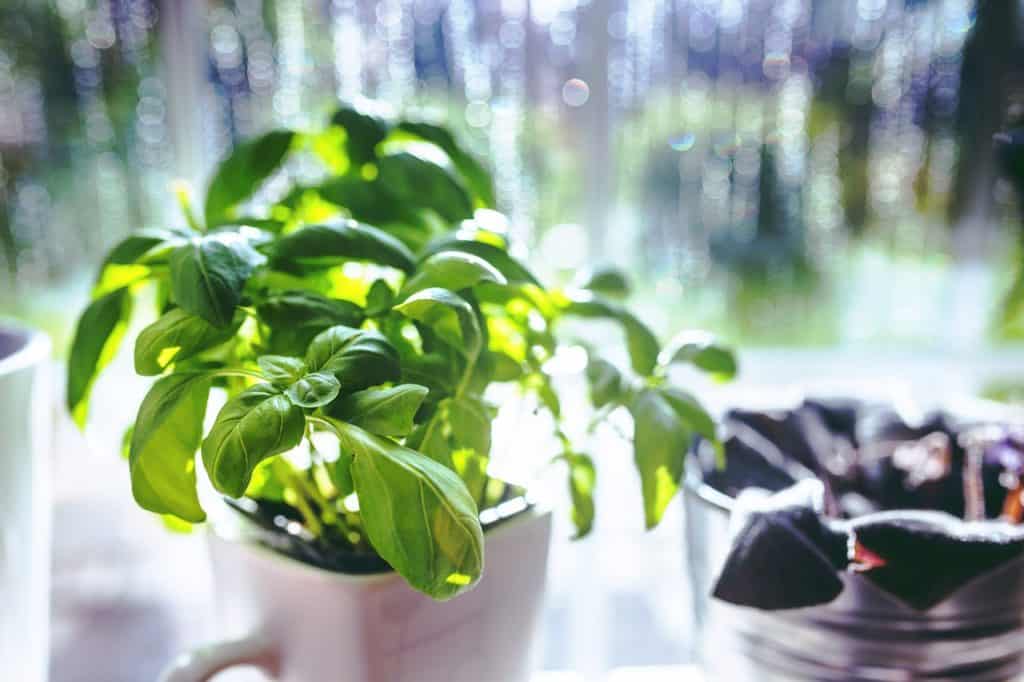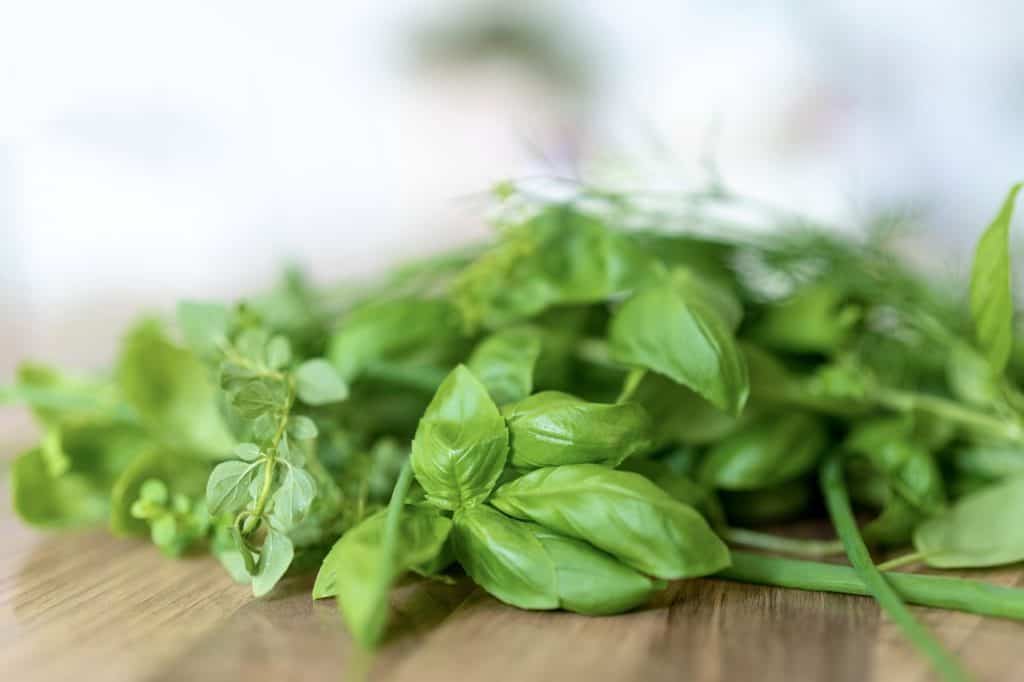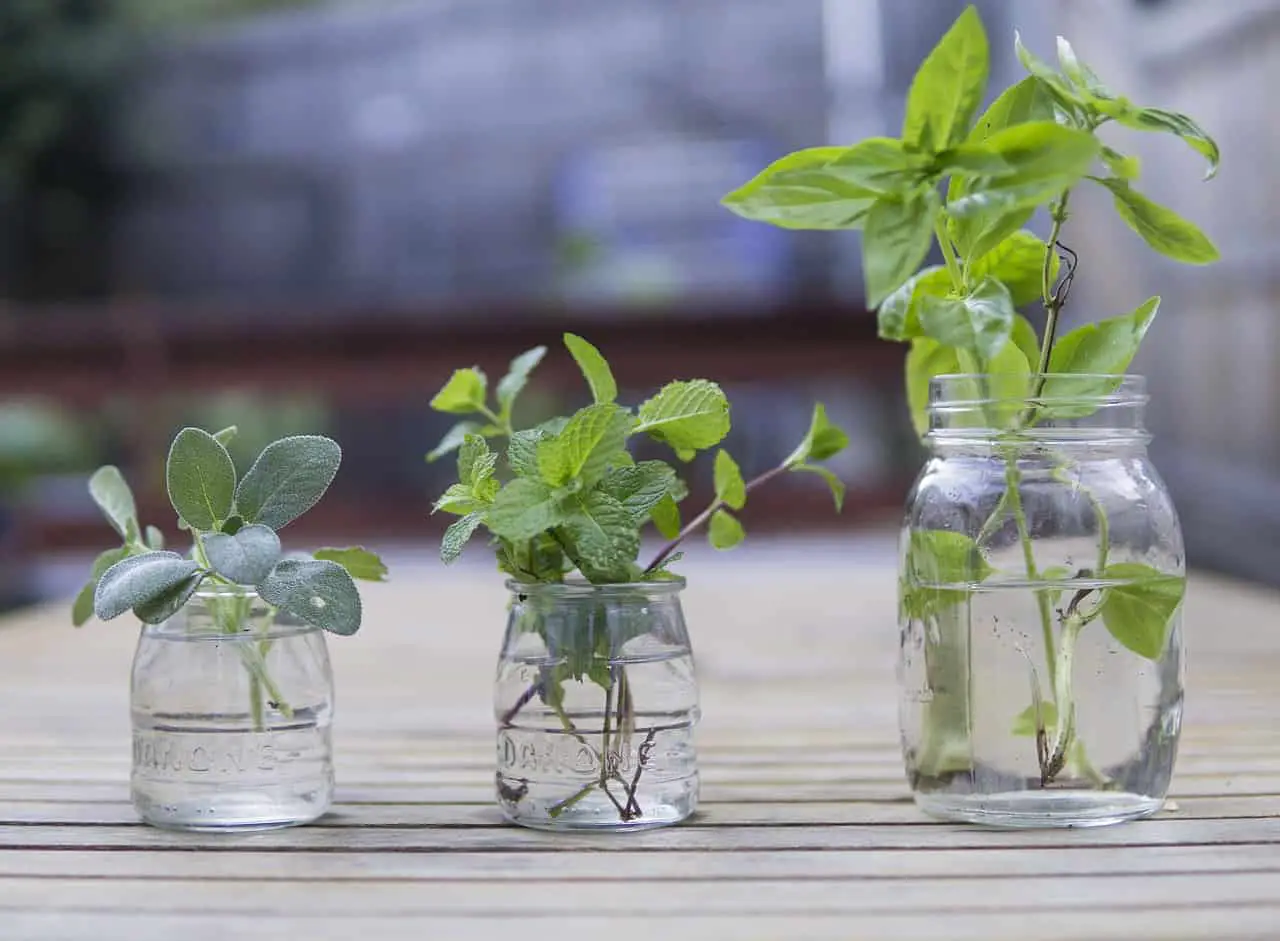
To grow basil from seed is a rewarding process that begins with sowing seeds indoors 6-8 weeks before the last frost or directly outdoors in warm, frost-free conditions. Use well-draining soil and plant seeds 1/4 inch deep, keeping the soil moist but not waterlogged. Provide warmth, ideally between 70°F and 80°F, and ensure the seedlings receive ample sunlight, at least 6 hours a day. Once seedlings have sprouted and grown a few sets of true leaves, thin them out to prevent overcrowding. Gradually acclimate indoor-started basil to outdoor conditions before transplanting. Regular watering, occasional fertilizing, and pinching off flowering tops will encourage bushier growth and prolong the harvest.
Why You Should Be Growing Basil From A Seed
Growing basil from seed is not only rewarding but also comes with a host of benefits that make it a preferred choice for many gardeners:
- Cost-Effectiveness: Starting your basil garden from seeds is significantly more economical than purchasing established plants from nurseries. A single packet of seeds can produce numerous plants, offering a bountiful yield at a fraction of the cost.
- Access to Variety: Seeds give you the opportunity to explore a vast selection of basil types, far beyond the common varieties typically available as live plants. From sweet basil to Thai, purple, lemon, and cinnamon basil, seeds can introduce you to a world of flavors and aromas.
- Healthier, More Adapted Plants: Growing basil from seed allows plants to adapt to their specific growing conditions from the start, leading to stronger, more resilient specimens. Seed-grown plants often experience less transplant shock and are better equipped to resist pests and diseases.
- Satisfaction and Educational Value: The process of nurturing basil from a tiny seed into a lush, fragrant plant is incredibly satisfying. It provides a hands-on educational experience about the plant’s life cycle, the importance of proper care, and the joy of gardening. This journey can be especially rewarding and educational for children and gardening novices.
- Extended Growing Season: By starting seeds indoors before the last frost, you can extend the growing season and enjoy fresh basil earlier in the year. This early start can lead to a more abundant harvest throughout the warmer months.
- Eco-Friendly Practice: Growing from seed reduces the need for plastic pots and packaging often associated with store-bought plants. This practice supports a more sustainable and environmentally friendly approach to gardening.
Growing Basil From Seed
Growing basil from seed is economical, offers a wide variety of choices, and results in healthier, more adapted plants. It’s a rewarding process that extends the growing season and provides an educational insight into the plant’s life cycle.
Is It Hard To Grow Basil From Seed
Growing basil from seed is relatively easy, making it an excellent choice for beginners. Basil seeds germinate quickly in warm conditions, typically within 5 to 10 days. The key to success lies in providing consistent warmth, adequate sunlight, and maintaining moist but well-drained soil. Starting seeds indoors can offer a controlled environment, enhancing germination rates. Once seedlings emerge, they require sufficient light to prevent legginess. Transplanting after the risk of frost has passed and acclimating plants to outdoor conditions further ensures success. With minimal care, basil seeds can flourish into abundant plants, offering fresh herbs for culinary use.
How To Grow Basil From Seed Indoors
To grow basil from seed indoors, start by sowing seeds in well-draining soil within a pot that has adequate drainage holes. Place the pot in a warm, sunny spot—basil loves warmth and needs at least 6 hours of sunlight daily. Keep the soil consistently moist, but not soggy, to encourage germination, which typically occurs within 5-10 days. Once seedlings appear, thin them out to prevent overcrowding, ensuring each plant has enough space to grow. Regular watering, maintaining soil moisture, and providing ample light are key to nurturing healthy basil plants indoors. Rotate the pot for even growth and prune regularly to encourage bushiness.
Best Soil For Growing Basil From Seed
The best soil for growing basil from seeds is a well-draining, nutrient-rich mix, ideally with a pH level between 6.0 and 7.5. A combination of potting soil enriched with compost or well-rotted manure provides the organic matter basil seeds need to thrive. Ensure the soil maintains moisture without becoming waterlogged to avoid seed rot. Light, airy soil allows for good root development and easy emergence of seedlings. Incorporating perlite or vermiculite can improve drainage and aeration, creating an ideal environment for basil seeds to germinate and grow into healthy, robust plants. Regularly check soil moisture to keep it consistently damp during the germination period.

Caring For Basil Seedlings
Caring for basil seedlings involves providing them with ample sunlight, regular watering to keep the soil consistently moist, and protecting them from extreme temperatures. Gentle fertilization can encourage robust growth as they develop.
Watering And Fertilizing Basil Seedlings
Water basil seedlings gently to keep the soil consistently moist, avoiding waterlogging. Use a fine spray to prevent disturbing the delicate roots. Fertilize lightly with a balanced, liquid fertilizer every 4-6 weeks after the seedlings have established. Over-fertilizing can harm delicate plants, so it’s crucial to dilute the fertilizer to half the recommended strength to support healthy growth without overwhelming the young basil.
Hardening Basil Seedlings
Hardening basil seedlings is crucial for their transition outdoors. Begin about a week before transplanting by gradually exposing them to outdoor conditions. Start with an hour of indirect sunlight, increasing exposure daily. Protect them from strong winds and harsh sun initially. This process strengthens their structure and increases resilience, reducing shock and improving their chances of thriving in their new environment. Always bring them inside if temperatures drop significantly.
How Much Light Does Basil Need
Basil requires at least 6-8 hours of direct sunlight daily to thrive. Adequate sunlight is essential for healthy growth, and flavor development, and for preventing leggy, weak stems. In low-light conditions, supplemental lighting can help maintain its vitality.
Common Questions
How Long Does Basil Take To Grow From Seed
Basil typically takes between 5 to 10 days to germinate from seed. Once the seedlings emerge, it can take an additional 3 to 4 weeks before they are large enough to begin harvesting leaves, although full maturity might take up to 6 to 8 weeks under optimal growing conditions.
What Can I Plant With Basil
Basil pairs well with a variety of plants in the garden, including tomatoes, peppers, oregano, parsley, and marigolds. These companions can benefit from basil’s ability to repel pests like mosquitoes and flies. It’s also believed that planting basil near tomatoes can improve their flavor. Avoid planting basil near rue or sage, as they can be inhibitory.
Should You Soak Basil Seeds Before Planting
Soaking basil seeds before planting can improve germination by softening the seed coat, but it’s not strictly necessary. If you choose to soak, do it for 12-24 hours in warm water to expedite sprouting.
